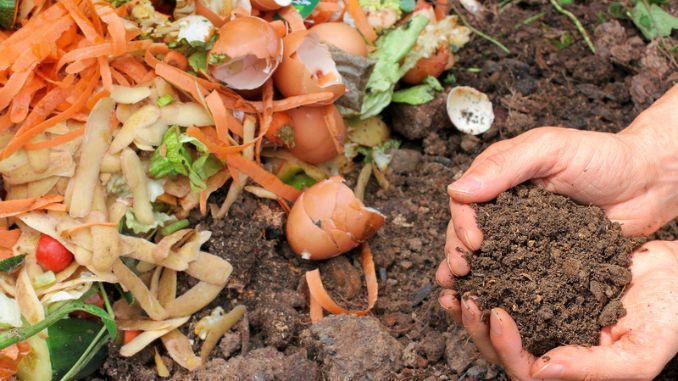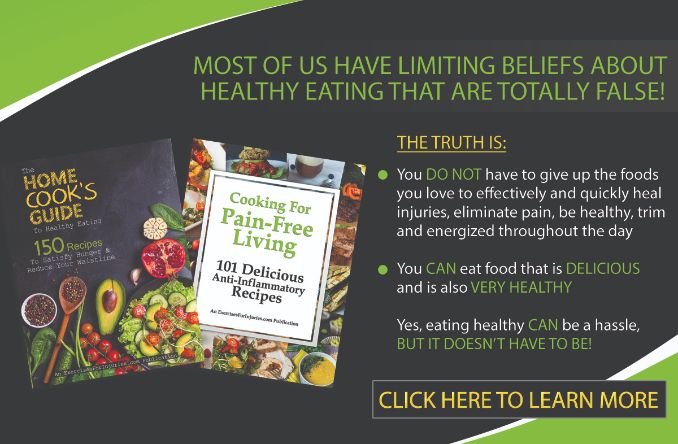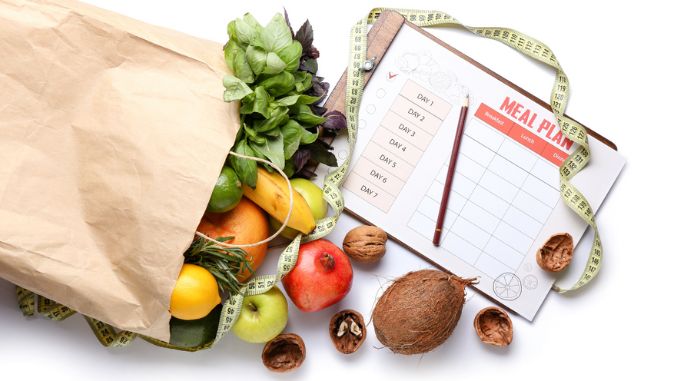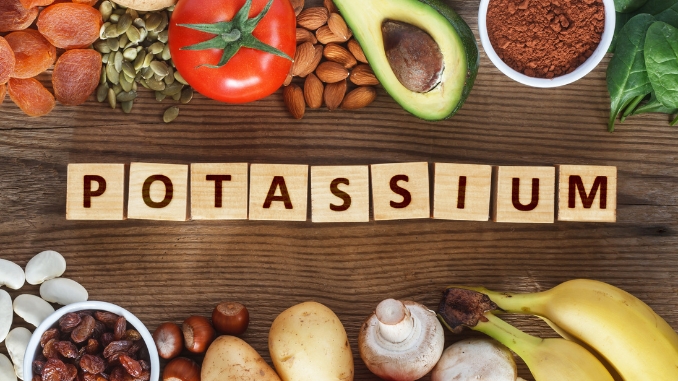Turning food waste into compost is essential for a zero-waste food system, reducing environmental harm and promoting a sustainable cycle. By recycling food waste through composting, we prevent organic waste from reaching landfills, decreasing greenhouse gas emissions and alleviating waste management pressures.
This process transforms waste into nutrient-rich compost that enhances soil health and crop growth, establishing a self-sustaining loop for food production. Adopting this method encourages resourcefulness and responsible consumption among individuals, communities, and businesses.
It minimizes environmental impact while ensuring that recycled nutrients support future agriculture, making it a pivotal strategy for achieving zero waste in our food supply.
The Effect of Food Waste on the Environment
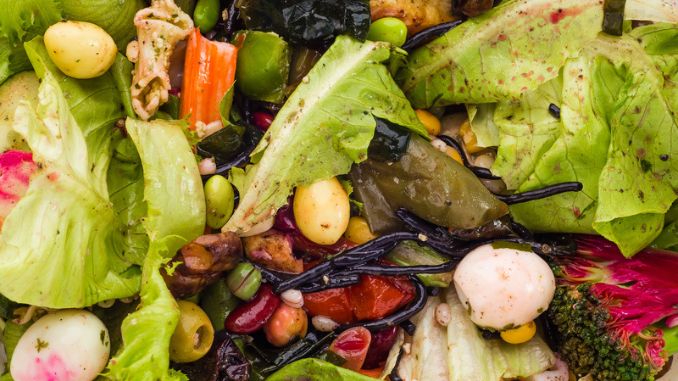
Reducing food waste is critical for the environment, with a significant impact in various ways. When excess food ends up in landfills, it decomposes, releasing methane, a potent greenhouse gas that contributes to climate change.
Beyond emissions, the entire food production process utilizes precious resources—water, energy, and land. Wasted food means wasted resources. Agriculture, a primary food source, contributes to environmental issues through pesticides, fertilizers, and deforestation.
To address these challenges, recycling food waste becomes imperative. By recycling excess food through composting, we can reduce greenhouse gas emissions and save resources.
Composting, facilitated by compost bins, transforms food waste into valuable compost, promoting a more sustainable food system. This approach aligns with the goals of the Environmental Protection Agency, emphasizing responsible eating habits to protect our planet.
By preventing food loss, adopting composting practices, and sharing extra food, we not only partake in environmental protection but also save money and receive technical assistance in building a healthier, eco-friendly future.
Food Waste Recycling Methods
1. Composting Process
Composting is the process of managing the natural breakdown of organic materials into compost, a nutrient-rich soil-like substance. This transformation is initiated by larger organisms like worms and insects that fragment the waste, followed by bacteria and fungi that decompose it under suitable air, moisture, and available nutrient conditions.
Composting process[¹] is the method that reduces waste size and offers additional environmental benefits. This involves the decay of organic waste in the presence of air, taking place in a compost bin or composting facility.
This process aims to recycle food waste, utilizing less food and minimizing the need for combustion facilities. The result is the creation of nutrient-rich compost for soil enhancement, serving as an effective soil conditioner and fertilizer.
2. Anaerobic Digestion
It is a microbial breakdown of organic waste without oxygen, distinct from combustion facilities. This method, free from burning, generates renewable energy (biogas) and produces a nutrient-rich byproduct (digestate), contributing to the recycling of food waste. Food waste recycled in this manner becomes a valuable resource.
The study titled “Recycling Food Waste: Worldwide Waste: Journal of Interdisciplinary Studies [²]” focuses on promoting household bio-waste recycling in Europe for over two decades. This initiative is driven by the vision of a circular economy, which aims to reduce landfill use, rejuvenate farmland, and create alternatives to fossil fuel energy.
The study delves into the valuation processes of bio-waste, highlighting the economic and environmental benefits assigned to recycled materials. It examines a source-separated household bio-waste collection and reveals the complexities involved in bio-waste valuation. The challenges stem from the material’s living, putrescible nature, and its instability and low profitability.
The success of these processes is heavily reliant on policies, infrastructure, practices, and the material conditions that govern the handling, care, transport, and processing of food waste.
3. Animal Feed
This is where suitable food waste is redirected to animals. This not only reduces waste but also provides a protein source, lessening the environmental impact of food waste. Embracing these techniques, including recycling food waste, contributes to building a sustainable and eco-friendly waste management system.
Benefits of Food Waste Recycling
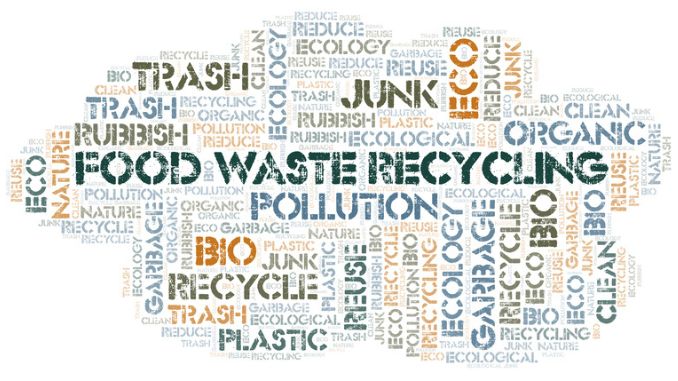
Food waste recycling generates nutrient-rich compost, a natural and potent fertilizer that enhances soil quality to foster plant growth. The resulting compost, derived from recycled food waste, not only improves soil fertility but also supports the development of nutrient-dense fruits, vegetables, and grains.
This process establishes a closed-loop nutrient cycle where rejected food contributes to the growth of new plants, creating an integrated and sustainable nutrition system.
Moreover, by diverting food waste from landfills, this practice significantly reduces methane emissions. It optimizes resource utilization, thereby lessening its environmental impact.
The conservation of water, energy, and land resources is a direct result of recycling food waste, mitigating the ecological footprint associated with food production and disposal.
Embracing food waste recycling aligns seamlessly with the principles of a circular economy, emphasizing responsible consumption and the minimization of waste throughout the food system.
Food Waste Recycling Ideas
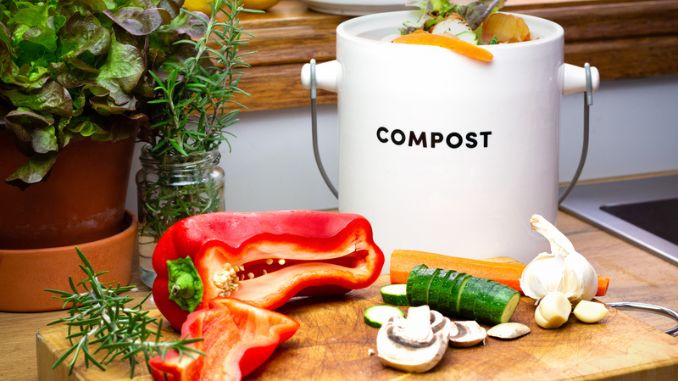
Waste Reduction Initiatives:
1. Bring Your Own (BYO): Encourage reusable containers for groceries and takeout to minimize packaging waste.
2. Reusable Bags or Bring Your Own Bag (BYOB): Utilize reusable bags for grocery shopping to reduce single-use plastic and minimize waste.
3. Purchases in Bulk: Buy non-perishable foods in bulk with reusable containers to avoid packaging waste.
4. Local Market Support: Favor local farmers' markets for fresh products in smaller quantities, support local agriculture, and reduce packaging.
5. Purchases with Care: Consider expiration dates and choose items with longer shelf lives to prevent food from rotting.
Meal Planning and Preparation:
1. Shopping with a List: Plan meals, create a list before going to a grocery or mall, and stick to the list to avoid unnecessary purchases and manage food waste.
2. Portion Management: Share dishes or order smaller servings when dining out to reduce leftovers and food waste.
3. Meal Preparation: Plan meals around existing ingredients to avoid overbuying and ensure perishables are used before expiration.
4. Use What You Have: Take stock of pantry items before shopping and incorporate them into meal planning to prevent duplicate purchases.
Community Engagement and Education:
1. Community Initiatives: Establish community composting hubs for collective food waste and share recipes utilizing food scraps.
2. Educational Workshops: Organize workshops on upcycling food leftovers and waste-free cooking classes.
3. Art Competitions: Host art competitions using discarded food items to raise awareness about food waste and promote creativity.
4. Advocacy for Education: Advocate for community educational efforts to increase awareness of the environmental impact of food.
Technology and Tracking:
1. Waste Tracking Apps: Develop apps to assist individuals in managing food waste with personalized suggestions and reminders.
2. Collaboration and Advocacy: Farm-to-table Composting: Collaborate with local farms and restaurants for composting programs, returning restaurant food scraps to local farms.
3. Challenges for Reduction: Organize friendly competitions to challenge people or communities to reduce food waste, encouraging community responsibility.
4. Advocacy for Recycling: Advocate for recycling food waste and utilizing excess food to reduce greenhouse gas emissions.
Study shows that composting food scraps is a good way to reduce pollution [³]. The research finds that composting can lower the amount of harmful gases released into the air compared to throwing waste in landfills. In particular, the study points out that by 2025, California could cut down its pollution by at least 1.4 million metric tons of carbon dioxide equivalent if it starts composting more.
5. Technical Assistance: Collaborate with the Environmental Protection Agency for technical assistance in implementing effective waste reduction strategies, supporting environmental protection.
6. Ways to reduce e-waste: Recycling old electronics, donating or selling used devices, opting for repair instead of replacement, and choosing energy-efficient products.
Conclusion

Recycling food waste is crucial for safeguarding our environment. When we throw away food, it doesn't just disappear; it ends up in landfills, emitting harmful methane gas during decomposition, contributing to climate issues.
Actively recycling food waste can help prevent this environmental damage. Recycling transforms excess food into valuable compost, acting as a natural fertilizer that enhances soil health. This positive cycle benefits the environment and agriculture, like giving back to the Earth and nurturing our food source.
Moreover, food waste recycling plays a vital role in conserving resources, preventing food loss, and reducing greenhouse gas emissions. Food waste squanders the water, land, and energy invested in its production. Recycling mitigates this waste, promoting a more sustainable use of precious resources.
Additionally, it can save money and is supported by the Environmental Protection Agency through technical assistance for setting up compost bins and composting processes, contributing to the well-being of the environment.
Discover the transformative power of an Anti-inflammatory diet with our cookbook, while also contributing to sustainable living practices by mastering food waste recycling.

